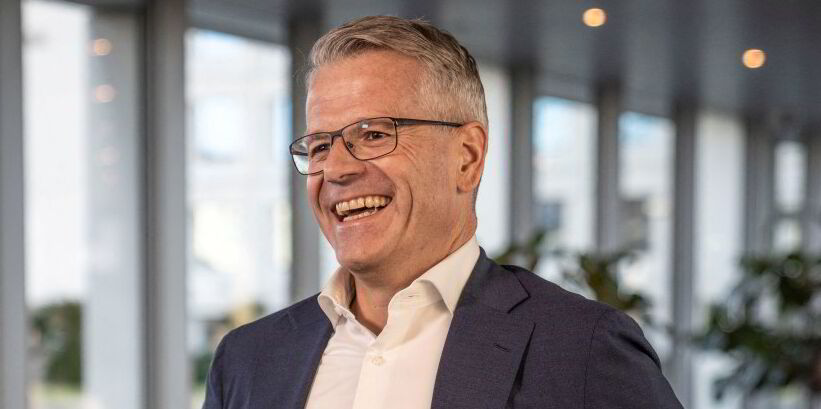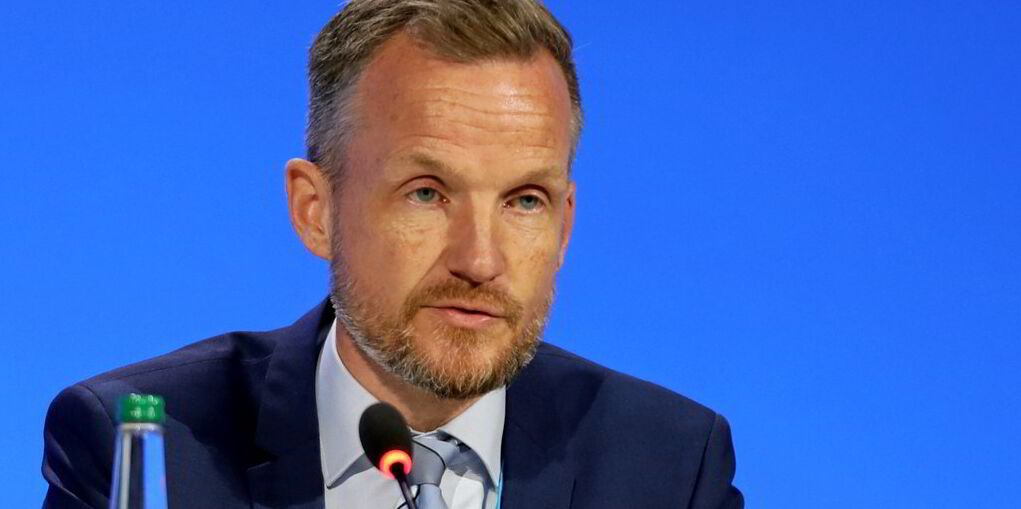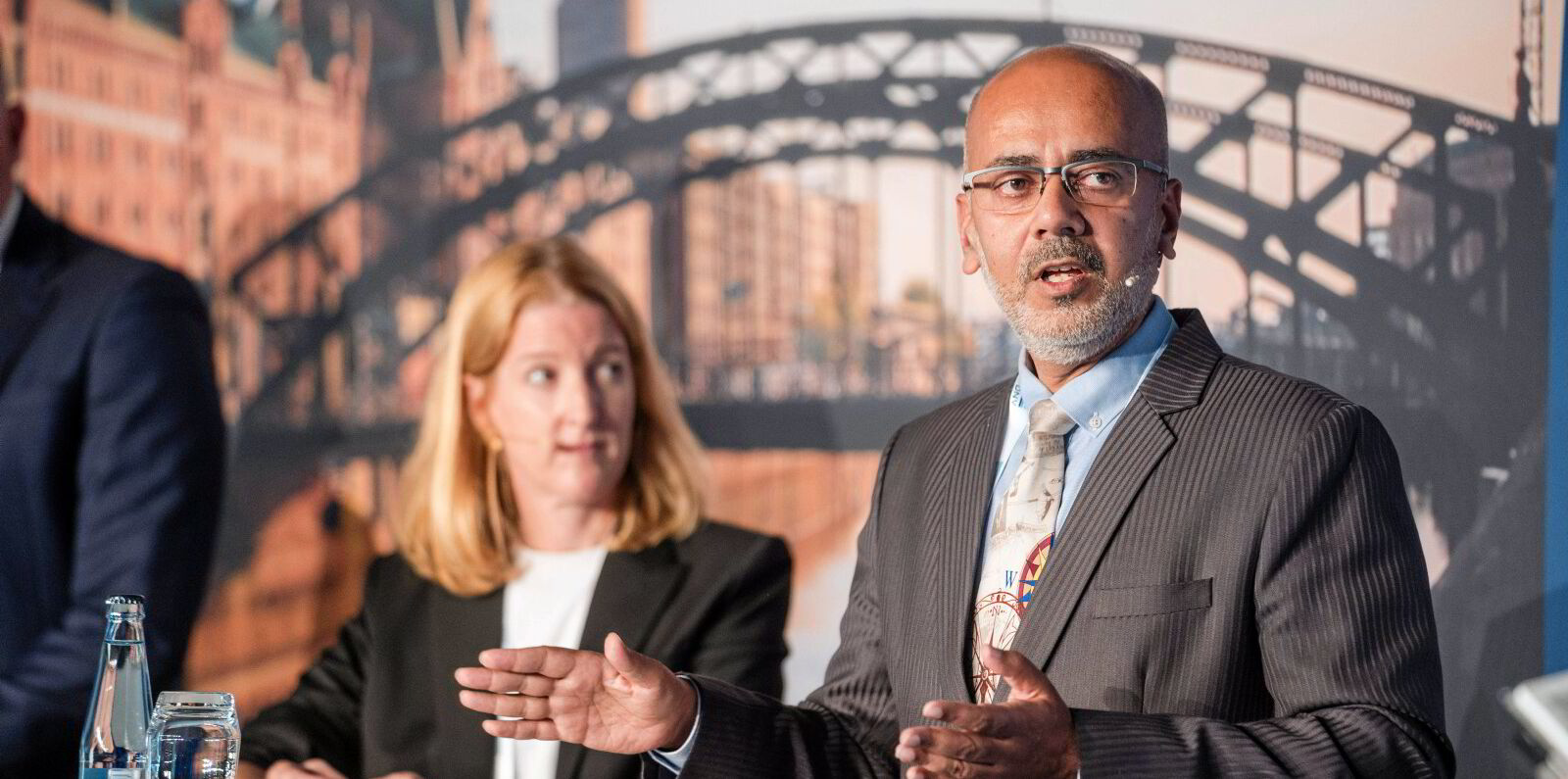AP Moller-Maersk has confirmed and will shortly sign contracts on up to 22 LNG dual-fuel container ship newbuildings worth an estimated $4.6bn as it changes its sustainability strategy.
Maersk, a proponent of methanol as its preferred alternative fuel, is expected to have secured contracts for two-thirds of the 32 LNG dual-fuel, 16,000-teu newbuildings it plans to construct.
Multiple shipbuilding sources said New Times Shipbuilding in China was the first yard to have firmed up the groundbreaking newbuilding contracts for the Danish shipowner.
They said Maersk and New Times sealed the deal at the end of September — before China’s Golden Week holiday — with the liner company signing up to six firm 16,000-teu ships plus six options.
In South Korea, preparations were underway this week at Hanwha Ocean to sign contracts with Maersk on a further six firm 16,000-teu LNG dual-fuel boxships, with options for a further quartet.
Some sources indicated to TradeWinds that the berths available to Maersk at Hanwha may run up to 16 ships.
On 10 October Hanwha Ocean announced it had won an order for six large LNG dual-fuelled container ships from European shipowner without naming the contracting party.
The shipbuilder priced the six vessels at KRW 1.69 trillion ($1.25bn) in total indicating a per ship price of around $208m and said they are for delivery dates in late 2028.
TradeWinds is told that Maersk is paying around $200m apiece for the New Times newbuildings with sources having indicated that this would be closer to $220m each for Hanwha Ocean’s boxships.
The capacity and type of the LNG tanks to be installed on the vessels have yet to emerge.
Maersk is scheduled to take delivery of New Times’ container ships in 2028, while Hanwha Ocean will be delivering the vessels between 2027 and 2028.
Maersk is also understood to be finalising contracts on 10 similar vessels with Yangzijiang Shipbuilding in China.
Sources said these newbuilding contracts will be signed imminently.
TradeWinds first reported in August that Maersk was diving in on a slew of LNG dual-fuel newbuildings, including a further 30 from tonnage providers — 19 from Seaspan Corp, five from SFL Corp and six from Capital Maritime & Trading — bringing its haul of owned and chartered LNG-fuelled boxships to 62.
The move was widely seen as an apparent switch from its previous commitment to methanol as an alternative fuel.
Those close to the company said one of the primary drivers for this was the lack of availability of green methanol supply.
This supply shortage leaves Maersk’s delivering fleet of methanol dual-fuelled newbuildings running on grey methanol or fuel oil, which produces more emissions than LNG.
But this week, head of energy transition Morten Bo Christiansen said the company — which has also said it is looking at e-methane supply — is not endorsing fossil LNG or pivoting away from methanol.
Instead, he said: “It’s a portfolio move to get a wider mix of green fuels to play on.”





